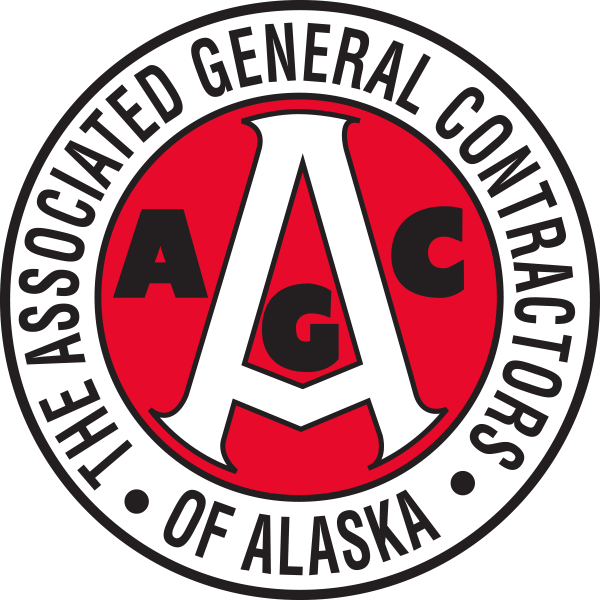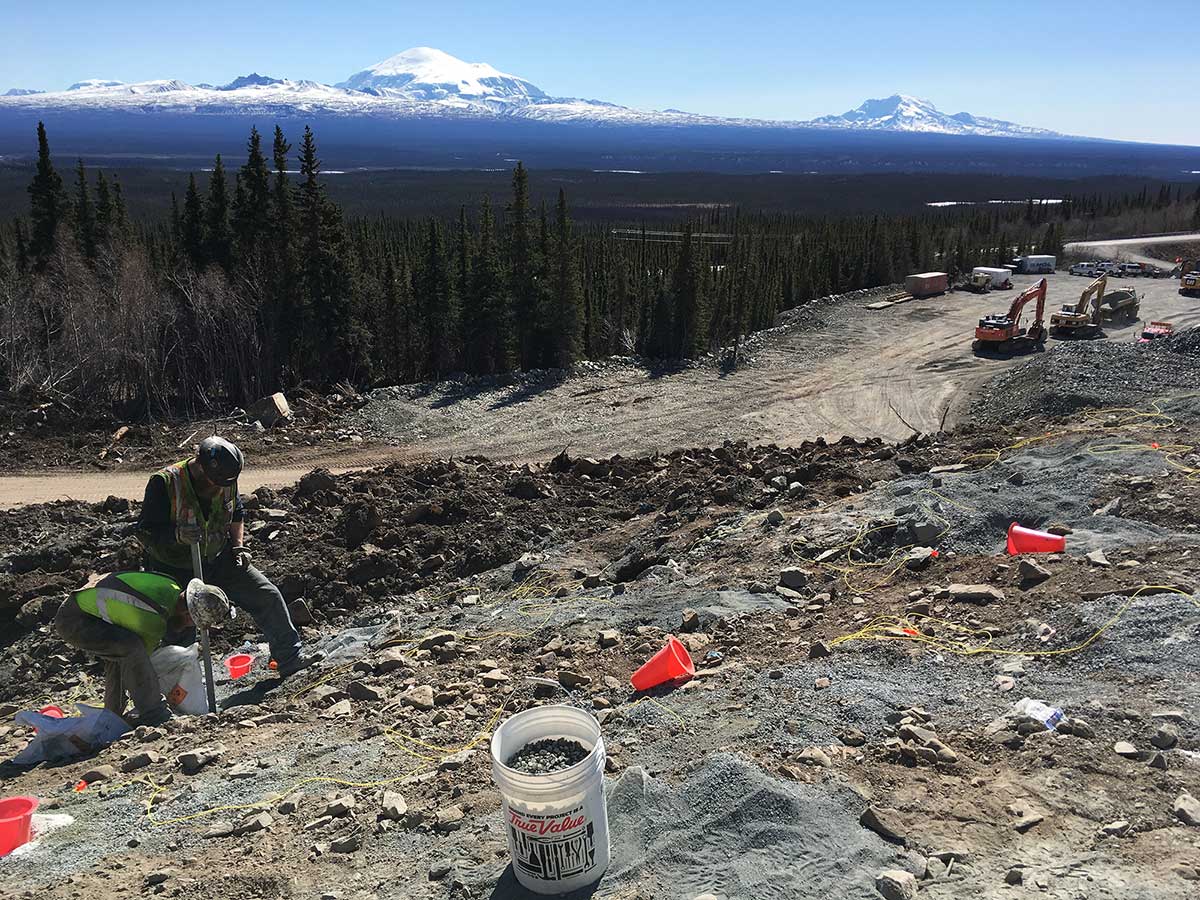
Update
Photo by Stephen Nowers/Cruz Construction
Photo by Stephen Nowers/Cruz Construction
evin Barnhart says there is a certain irony that his final project with Cruz Construction, Inc. before going into semi-retirement is on the same stretch of road where he started his career. The Tok Cutoff is no stranger to rehabilitation. Multiple crews have improved the 125-mile route over the years, most recently completing the stretch between mileposts 38-50.
“I’ve come full circle,” says Barnhart, Cruz’s construction manager for the most recent upgrades. “I first worked on this stretch of road back in the ‘80s with another company. I’ve grown up in the area, and I’m really familiar with this road.”
Jeremy Torres, project engineer for the Alaska Department of Transportation & Public Facilities, or DOT&PF, says crews have been rehabilitating the portions of road on either side of this section for three years. Though all of it is paved, he says this portion of the road was particularly rough, due to excessive frost heaves, subgrade failure and drainage problems.
Photo by Stephen Nowers/Cruz Construction

Photo by Stephen Nowers/Cruz Construction
“It allowed us to identify any potential challenges early on and solve them before we reached the construction phase,” says Torres.
Work began in April 2019 and crews completed 10,000 linear feet of culvert installation, 600,000 tons of shot rock embankment, 535,000 tons of borrow, 300,000 cubic yards of unclassified excavation, bridge rehabilitation, and 130,000 tons of aggregate base Course D-1. The project cost about $31 million, was federally funded with a state matching grant, and wrapped up in 2020.
Greg Miller, operations manager for Cruz Construction, says this is the first CMGC project the company has done to this scale.
Photo by Stephen Nowers/Cruz Construction

Photo by Stephen Nowers/Cruz Construction
Miller explains that shot rock holds up better structurally compared to the alluvial rock that is traditionally used as a subgrade material. In an area prone to frost heaving, shot rock is preferred since it doesn’t hold moisture like other materials.
“We needed a subgrade that would hold up to the conditions,” says Miller.
Materials for the subgrade came from two nearby sources. Gravel for the work between mileposts 33 and 44 came from a local company and shot rock for the work between mileposts 44 and 50 came from a local quarry.
Aside from finding innovative solutions to permafrost areas, the other primary challenge was keeping traffic moving while installing a multi-plate pipe 65 feet below the surface. Since the drainage pipe went across the road, Barnhart says crews dug one side of the road, leaving a single lane for traffic. After installing part of the pipe, they covered it to make a driveable surface and moved construction to the other side of the road, where they continued to dig.
With the project already well underway by the start of the pandemic, Barnhart says crews were mostly unaffected by it.
“We took the necessary precautions like social distancing, but as far as supplies and logistics, those were already pretty well established in the planning process,” says Barnhart.